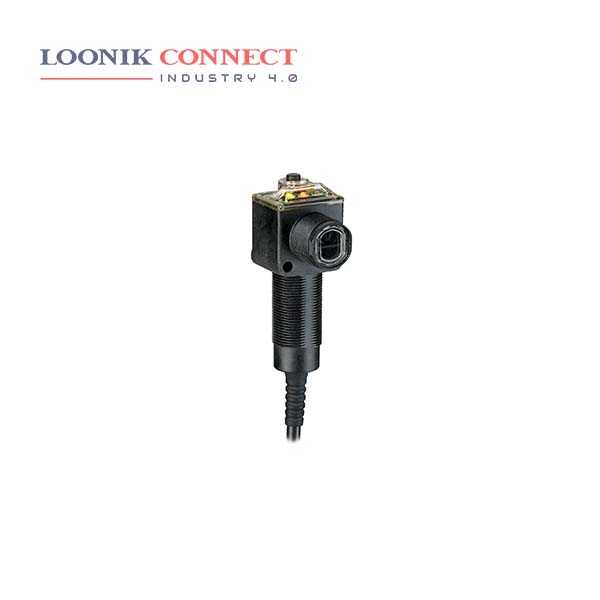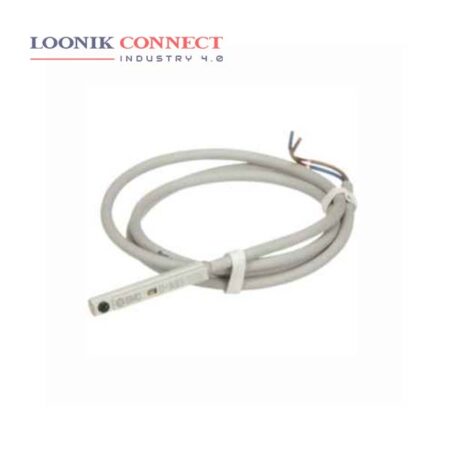Our Bulletin 42EF LaserSight RightSight Photoelectric Laser Sensors use eye-safe Class I visible laser light and feature the same mounting options as other products in the RightSight product line. Class I lasers require no additional safety or protective training or equipment and are safe for general-purpose use. A laser sensor is an electric device that uses a focused light beam to detect the presence, absence, or distance of an object. The light that a laser sensor emits is a small bright dot, similar to a laser pointer. This dot is bright enough to be easily seen even in direct sunlight.
Incorporates embedded IO-Link Technology in select sensors to help minimize downtime and increase productivity Class I visible laser Teach button or potentiometer Patented compact right angle housing Universal 18 mm mounting at base and nose, and through-hole mounting 360° visible status indicators PNP and NPN outputs Short circuit and reverse polarity protection.
A photoelectric sensor emits a light beam (visible or infrared) from its light-emitting element. A reflective-type photoelectric sensor is used to detect the light beam reflected from the target. A thrubeam-type sensor is used to measure the change in light quantity caused by the target crossing the optical axis. Laser sensors operate like photoelectric sensors but with a much more focused light source to detect presence or measure distance, depending on the configuration. Laser photoelectric sensors detect presence. Laser distance sensors measure distance, as the name implies.










